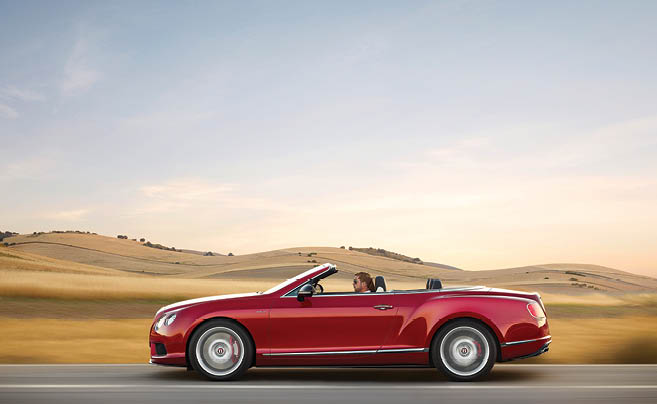Thick in the heart of a chugging engine and the metallic chatter of meshing cogs, John Duff and Frank Clement are struggling. Collectively, they’ve been behind the thin-rimmed wheel for more than 23 hours. Exhaustion is casting its pervasive shadow over the men as they gather what little energy they have for the final straight. Another graunch, another gear, as the chequered flag is raised and waved, passing overhead. Relief encompasses them. It’s over. The 1924 Le Mans has been won.
Wiping the steam and dirt from their goggles, the first sight they see is an ecstatic Walter Owen Bentley rushing over to congratulate them on their hard-fought win. He’d supplied the car, of course, after seeing them take their privately owned Bentley 3-litre to fourth place the year before.
W.O. (as he was commonly known) was a racer at heart. His passion for the Le Mans 24-Hour saw victory in 1927, and it was a Bentley taking the chequered flag again in 1928. But 1929 saw Bentley stamp his dominance on the race by taking out the first four places. The Le Mans of 1930 made it four wins in a row.
Racing has always been part of the Bentley brand. So when it builds a grand tourer, there’s always an expectation of power and speed. When the Continental GT was introduced, it was originally equipped with a twin-turbo 12-cylinder. Job done on that front.
Recently, however, it slotted in a smaller, more efficient V8. To purists, it may have seemed like a backward step. But don’t be too hasty to draw a conclusion just yet. In many ways, the Continental GT V8 S is the better car.
Of course, being a Bentley, there’s an expectation that its build quality and the materials used will be first class. And apart from the uncovered cup-holders, they are. The dash can be fitted with glossy wood veneers, or in the case of our test vehicle, a burnished aluminium. The hides are imported from northern Europe where the insect-free environment promotes higher-quality skin. Sitting in the seats of the Continental GT is like sliding into butter. The contrast stitching is beautifully done, and it highlights the curves of each interior element. Five hours are spent stitching the steering wheel by hand. And if quilting takes your fancy, the Mulliner Specification option sees textured quilting on the seats and the door cards.
Sitting in the seats of the Continental GT is like sliding into butter. The contrast stitching is beautifully done, and it highlights the curves of each interior element.







